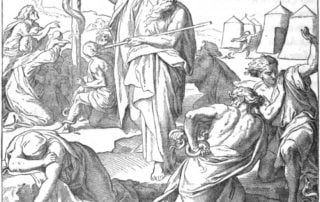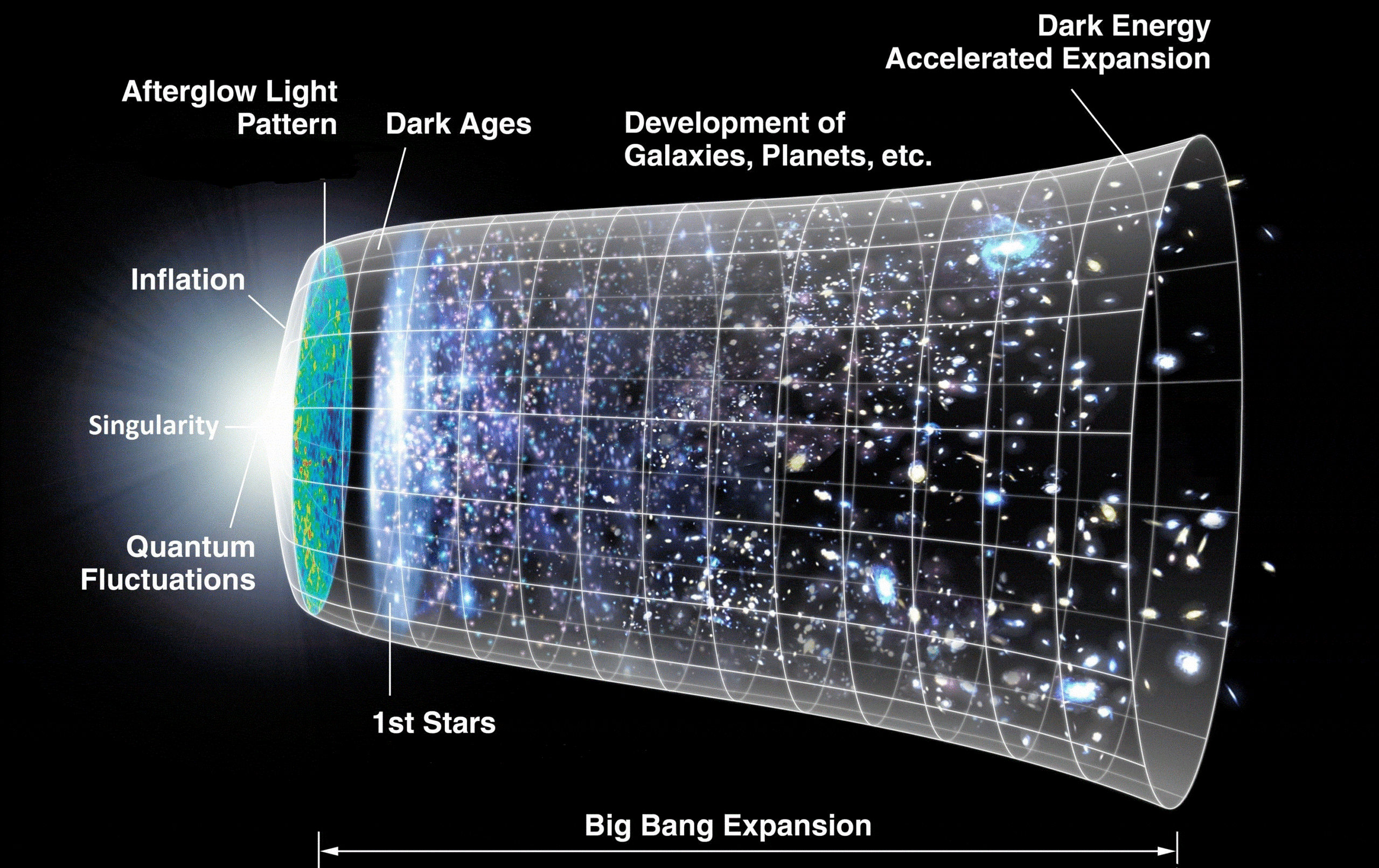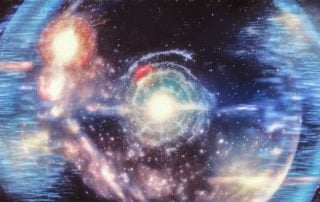Quantum Cheshire Cat vs. Venomous Snakes
A Study in Form and Matter And Moses prayed for the people. And the Eternal said unto Moses: “Make thee a fiery serpent, and set it upon a pole; and it shall come to pass, that every one that is bitten, when he seeth it, shall live.” And Moses made a serpent of brass, and set it upon the pole; and it came to pass, that if a serpent had bitten any man, when he looked unto the serpent of brass, he lived. (Numbers 21:8-9) The Torah portion, Chukat, tells a bizarre story. Jews complain against G‑d and Moses. G‑d gets angry and sends venomous snakes that bite and kill many Jews. The people repent and ask Moses to pray for them. In response to Moses’s prayer, G‑d instructs him to make a [...]





